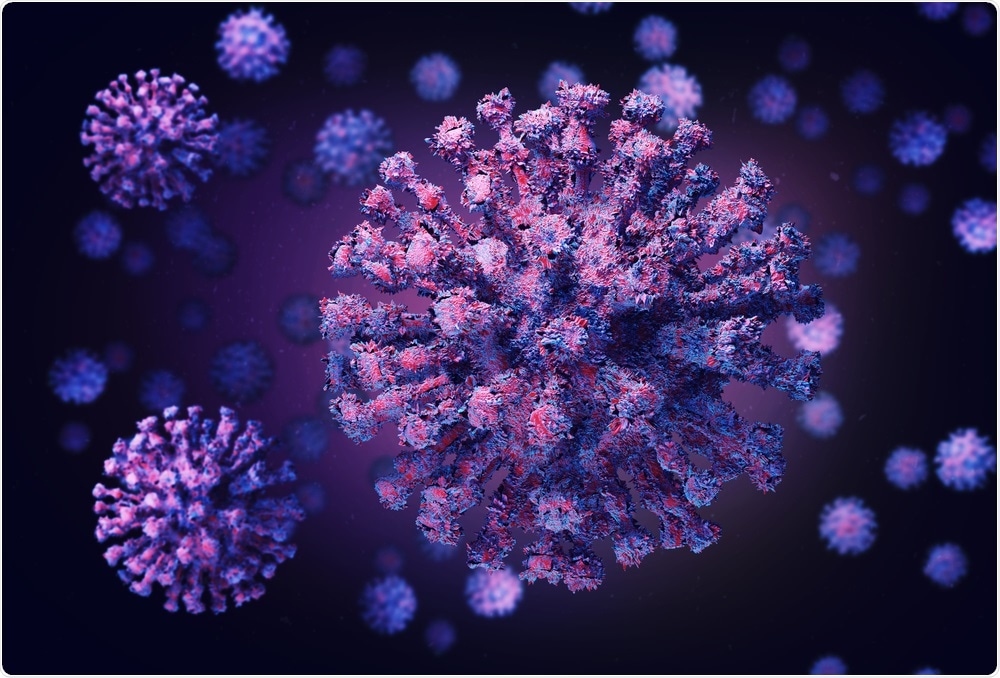A new study by Cornell University has created promising roadmaps to predict how the novel coronavirus infects organs and detects the kind of molecular factors that could limit or facilitate the infection.

Image Credit: iunewind/Shutterstock.com
The data suggest that it’s not just a respiratory disease. It’s much broader than that and has the potential to affect many other organs. Our analyses suggest that there is a wide range of cellular vulnerabilities.”
Cedric Feschotte, Study Lead Author and Molecular Biology Professor, Cornell University
The new study plots the expression of a total of 28 human genes called “SCARFs”—short for SARS-Cov-2 and Coronavirus-Associated Receptors and Factors. By observing the single-cell RNA expression of these genes, scientists can anticipate which types of cells and tissues are most susceptible to coronavirus infection—in both embryos and adults.
The researchers examined the RNA expression of healthy human tissues to design a detailed profile of the molecular factors that not only facilitate SARS-CoV-2 infection but also restrict it.
Feschotte added that without the ability of the immune system to respond rapidly, naturally occurring restriction factors that already exist in the tissues denote the body’s primary line of defense against the SARS-CoV-2 virus.
Plotting the varied entry points for the SARS-CoV-2 virus is also crucial for attempting to estimate where this virus will go after penetrating the body. Furthermore, by identifying the molecular pathways of infection, other scientists can also use those regions as targets for designing drugs to overcome the SARS-CoV-2 infection.
The research work also suggests alternate entry routes for how the SARS-CoV-2 virus could penetrate the heart, central nervous system, and lungs. The team’s study also supports the emerging clinical data that demonstrates that the SARS-CoV-2 virus also infects the placenta, intestines, and kidneys.
They observed that certain clusters of cells within the testes and prostate might be tolerant of the SARS-CoV-2 virus and may help explain the vulnerabilities that are specific to males.
As part of this study, the researchers also created a user-friendly, open-access web interface, where everyone can search for the single-cell RNA expressions of SCARFs. Such a move will enable easy access to information that will help investigators worldwide.
Source:
Journal reference:
Singh, M., et al. (2020) A single-cell RNA expression map of human coronavirus entry factors. Cell Reports. doi.org/10.1016/j.celrep.2020.108175.